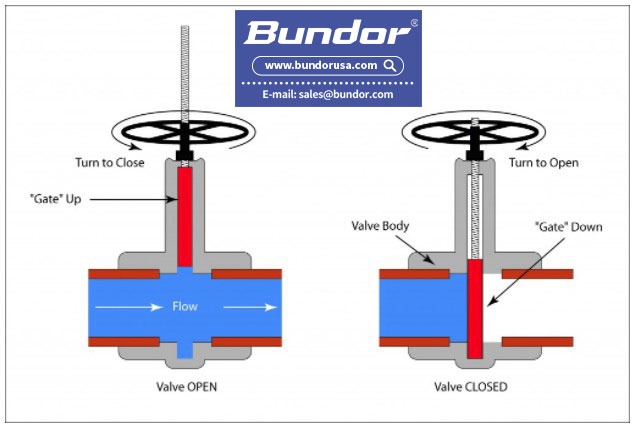What are the differences between a butterfly valve and gate valve?
Here is the difference between butterfly valve and gate valve!
The Gate Valve:
This valve functions very similar to a gate, a simple open/close movement, with the disc perpendicular to the direction of the flow. Available in Wedge, Knife, Parallel Slides and Pipeline slab designs, they serve a myriad of purposes. Discharge is usually complete with no residues left standing in the pipeline.
The Butterfly Valve:
Butterfly valves find use only in low pressure and low temperature flow systems. Lightweight and short face-to-face dimension, they can be used both for isolation and regulating the flow of material using their characteristic quarter turn rotating action.
the main difference lies in the structure and the working mechanism,the butterfly valve consists of a rotating piece that regulates the flow as the throttle used for the air entry for the car intake while the gate valve acts as a restriction to the flow that can change its speed not its flow rate.
A gate valve has a movable “gate” that is raised and lowered by turning a hand wheel at the top to turn a screw which raises or lowers the gate to control flow.
Flow is initiated by lifting the gate and prevented by lowering the gate as shown in the illustration above.
Gate valves, because of the mechanical assist can be made quite large and still be operated manually. Even the gate on a valve with a diameter several feet can often be operated by one person.
A “butterfly” valve is a variation of the gate valve with a “gate” that swivels around a central axis to allow or prevent flow.
In a butterfly valve, a rotating vane controls flow through the valve.
 简体中文
简体中文 Русский
Русский Español
Español Bundor - Butterfly, Gate, Check, Ball, Globe Valve Manufacturer, Supplier & Distributor
Bundor - Butterfly, Gate, Check, Ball, Globe Valve Manufacturer, Supplier & Distributor
